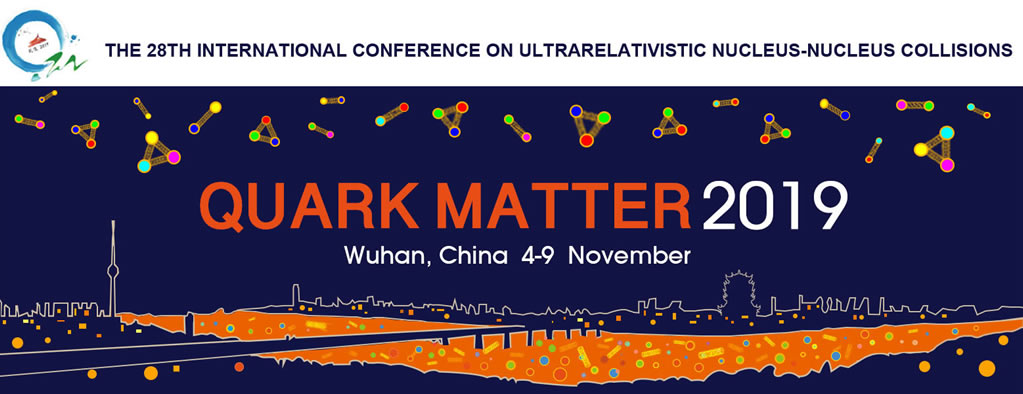Speaker
Description
In heavy ion collisions, the transverse size or centrality of the QGP is not a boost-invariant concept. Due to forward-backward multiplicity fluctuations, the centrality of the system, defined as $N_{\mathrm{ch}}$ in a given $\eta$ range, also fluctuates in the longitudinal direction. This longitudinal fluctuation leads to decorrelation of centrality along $\eta$, analogous to the decorrelation of harmonic flow $v_n$ along $\eta$. In this work, we quantify the strength of centrality decorrelation using multi-particle cumulants (mean, variance, skewness and kurtosis) using a sub-nucleon Glauber model as well as dynamical event generators HIJING and AMPT. We found the behaviors of multiplicity cumulants in ultra-central collisions (UCC) are extremely sensitive to the particle production implemented in the models, and therefore can be used to quantify the centrality resolution and constrain the particle production mechanism. We further studied the influence of centrality fluctuation and decorrelations on $v_n$ and mean transverse momentum $\langle p_{\mathrm {T}}\rangle$ in each event. We show that the event-by-event probability distribution of these quantities such as $p(v_n)$, $p(v_n, v_m)$, $p(\langle p_{\mathrm {T}}\rangle)$ and $p(v_n,\langle p_{\mathrm {T}}\rangle)$, accessible via mixed-observable multi-particle cumulants, are sensitive to the strength of the fluctuation and longitudinal decorrelations of centrality. We laid out an experimental strategy on how to constrain the centrality dependence of particle production, based on measurements of these mixed-observable cumulants in UCC for systems of different sizes.
